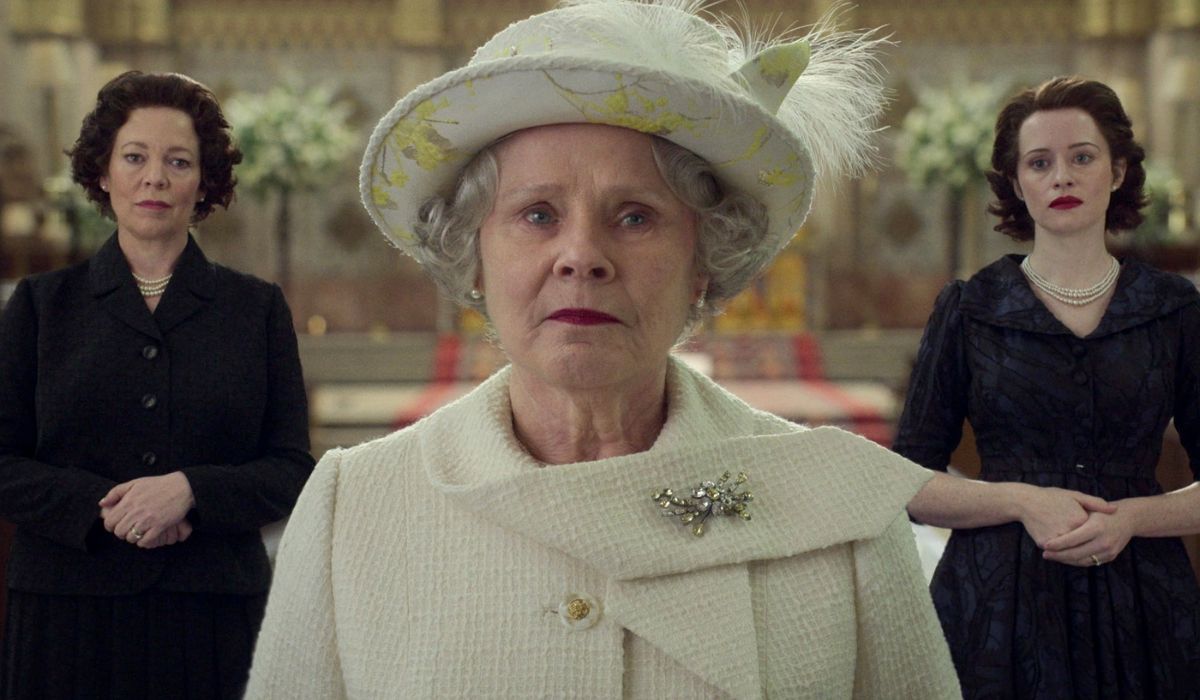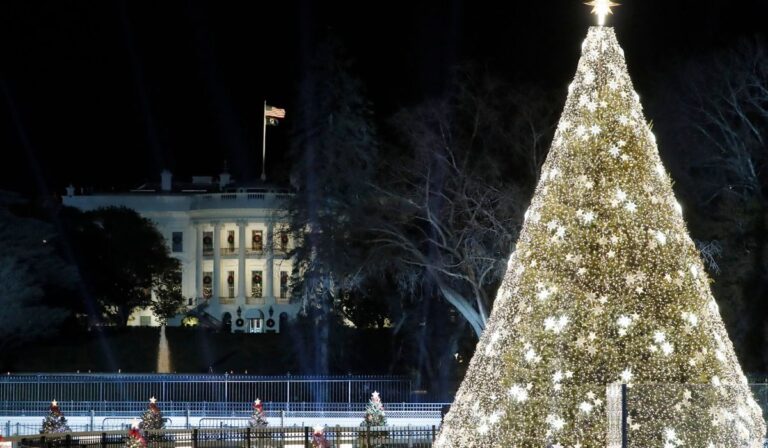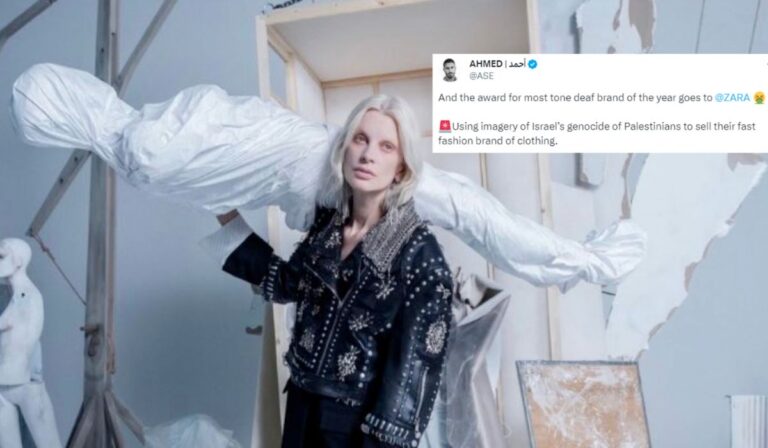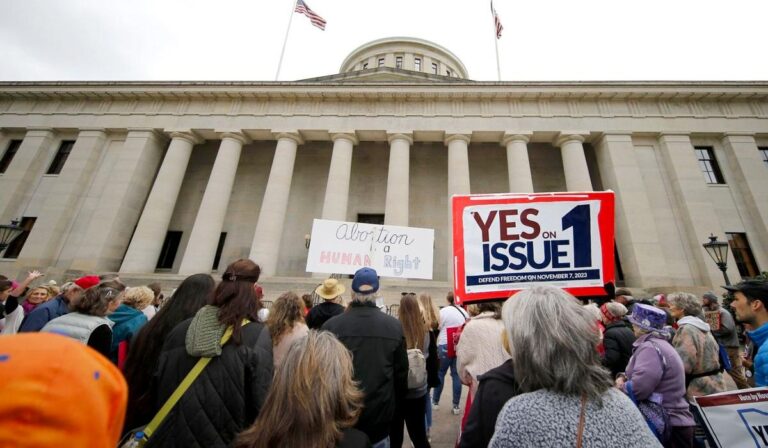The Crown’s Royal Narrative: A Blend of Fact and Fiction
Netflix’s “The Crown” has captivated audiences with its portrayal of the British Royal Family, focusing on significant events and personal dramas. As the series wraps up with its sixth season, it’s worth exploring the blend of historical fact and creative fiction that defines the show.
Victory in Europe Day: Royal Revelry
One of the most memorable episodes of the latest season revolves around Victory in Europe Day in 1945. Here, the young Princesses Elizabeth and Margaret, portrayed by Viola Prettejohn and Beau Gadsdon respectively, are shown sneaking out of Buckingham Palace to join the celebrations. This depiction aligns with historical accounts.
In a 1985 interview, Queen Elizabeth II herself recounted this escapade as “one of the most memorable nights of my life,” a sentiment echoed by her father in his diary. The royal sisters mingled anonymously with the public, with Queen Elizabeth recalling walking down Whitehall, arms linked with strangers, basking in the “tide of happiness and relief”.
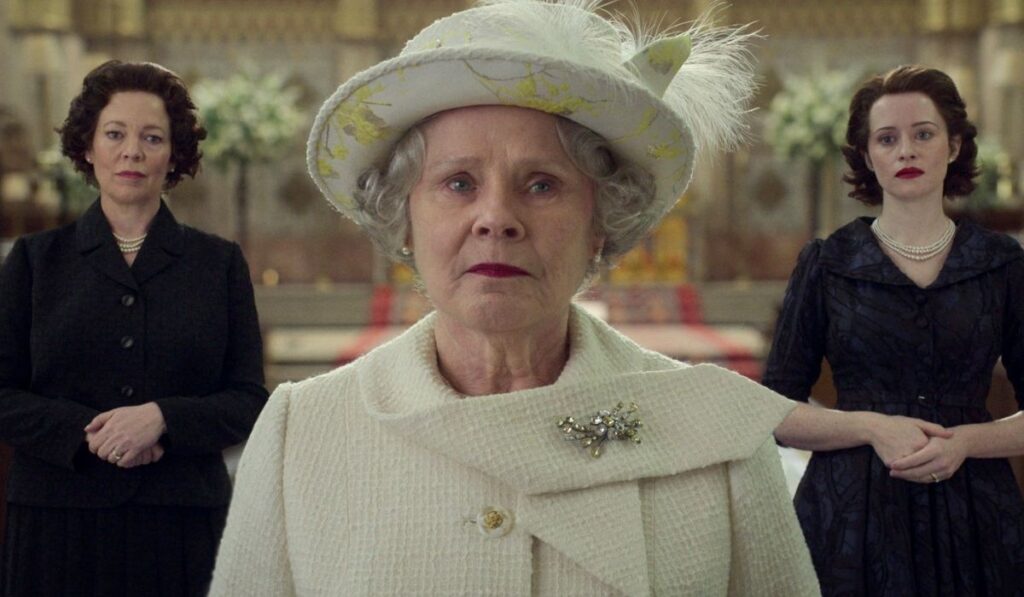
The Crown’s Anticlimactic Conclusion
The finale of “The Crown” season 6, titled “Sleep, Dearie Sleep,” brings Queen Elizabeth II’s journey to a rather subdued end. The episode, focusing on Queen Elizabeth II (Imelda Staunton), sees her approving the engagement of Prince Charles (Dominic West) and Camilla (Olivia Williams) while confronting her mortality. This introspective conclusion reflects a poignant moment for the monarch, grappling with the responsibilities and expectations of her role.
Fictional Flourishes and Love Stories
“The Crown” also delves into various romantic narratives, including the courtship between Prince William and Kate Middleton. The series portrays their relationship through a dramatic lens, often intersecting love with the weight of royal duties and public scrutiny. This dramatization, while adding a compelling layer to the narrative, must be viewed as a creative interpretation rather than a factual recounting.
Historical Accuracy and Creative Liberties
While “The Crown” often adheres to historical events, it takes creative liberties in dramatizing personal interactions and private moments. For example, the portrayal of Queen Elizabeth and Prince Charles’ involvement after Princess Diana’s death has been questioned for its accuracy. In reality, they were less involved in the arrangements than depicted. Similarly, the show’s representation of Princess Diana’s controversial interview with BBC’s Panorama is not entirely accurate.
“The Crown” stands as a testament to the complex interplay between historical fact and narrative fiction. It offers viewers a glimpse into the royal world, blending real events with dramatized interpretations to create a captivating and thought-provoking viewing experience.

